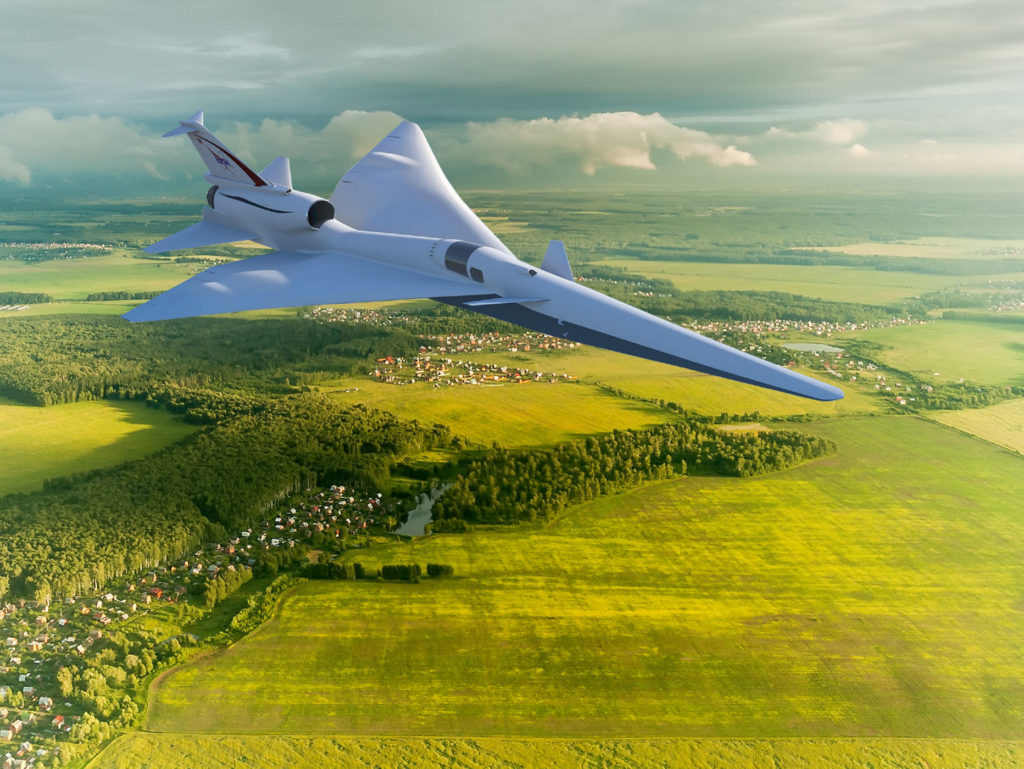
Credit: NASA
NASA’s experimental supersonic X-plane project has a new name: the X-59 QueSST.
So, what’s in the name? Well, the “X-59” part is a nod back to American X-plane history, which kicked off with the world’s first supersonic plane, the Bell X-1, famously piloted by Chuck Yeager in 1947 when it broke the speed of sound. Yeager nicknamed the plane “Glamourous Glennis” after his wife, according to NASA. The “QueSST” part of the X-59 moniker is sort of a NASA inside joke, one that acknowledges the space agency’s long-running quest (get it?) for quiet supersonic technology, or SST.
The U.S. Air Force assigned the X-59 number to NASA’s experimental supersonic plane and let the agency know on Tuesday, NASA officials said in a statement Wednesday (June 27). Before receiving its X number, NASA’s supersonic plane project was called the Low-Boom Flight Demonstration mission. Lockheed Martin is building the jet for NASA to develop the technology needed for quiet supersonic aircraft for future commercial travel.
“For everyone working on this important project, this is great news and we’re thrilled with the designation,” Jaiwon Shin, associate administrator for NASA’s Aeronautics Research Mission Directorate, said in the NASA statement.
The X-59 QueSST supersonic plane was included in the White House’s 2019 budget request for NASA earlier this year as part of a $633.9 million funding proposal for aeronautics research. But NASA has been developing the supersonic plane for years in pursuit of technology that would enable affordable supersonic transportation without the loud sonic booms that come with it.
Two other private projects are considering commercial supersonic travel as well. Virgin Galactic and Boom Technology are working together to build a supersonic jet capable of flying at twice the speed of sound — about 1,451 mph (2,335 km/h) — to cut the travel time from New York City to London down to 3 hours. Another company, Spike Aerospace, is developing its own S-512 Quiet Supersonic Jet, which would have similar performance. That New York-to-London trip typically takes up to 7 hours.
The most recent age of commercial supersonic air travel began in 1976 with the Concorde, an aircraft operated by British Airways and Air France. After a fatal crash in 2000, the last Concorde flew in 2003.
The Russian airline Aeroflot also flew commercial supersonic flights using the Tupolev Tu-144 aircraft. Commercial Tu-144 flights began in 1977 and ended in 1978 due to technical issues, according to NASA. The U.S. space agency used a modified version of the Tu-144, called the Tu-144LL, for research flights between 1998 and 1999, when the Tu-144 made its final flight.
Email Tariq Malik at tmalik@space.com or follow him @tariqjmalik. Follow us @Spacedotcom, Facebook and Google+. Original article on Space.com.


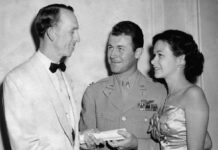


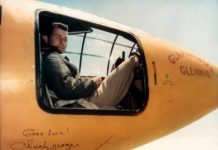
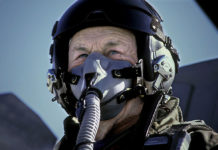






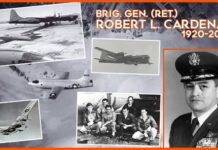



Have Chuck Yeager ever flow an Dh 100 vampire?